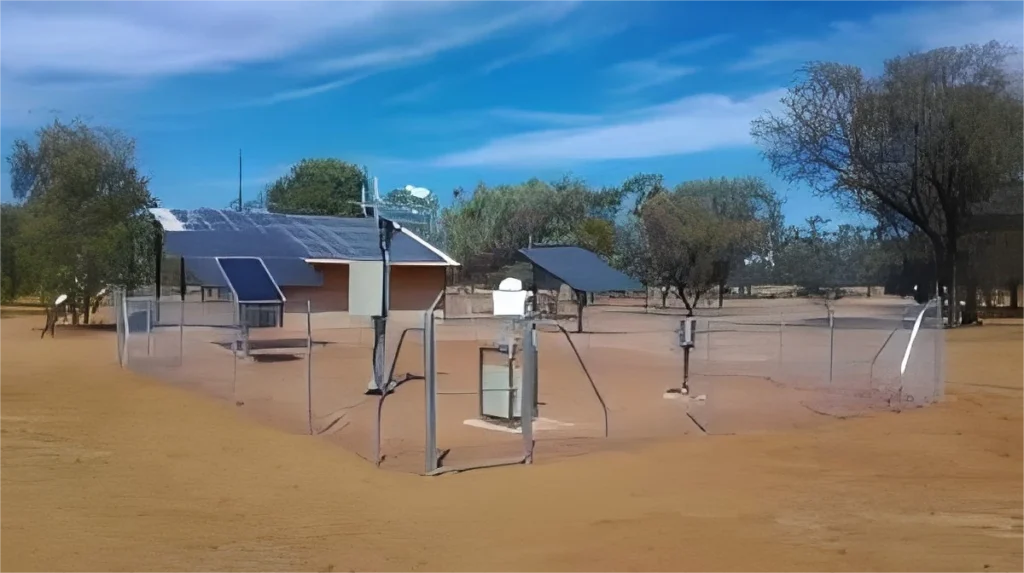The Drawbacks of Automated Weather Stations

# The Drawbacks of Automated Weather Stations
Introduction
Automated weather stations (AWS) have revolutionized meteorological data collection, offering continuous monitoring without constant human intervention. However, these systems come with several limitations that can affect data accuracy and reliability.
1. Limited Maintenance Capabilities
Unlike manned stations, automated weather stations cannot perform self-maintenance. Dust accumulation on sensors, mechanical failures, or battery issues can go undetected for extended periods, leading to:
- Data gaps in records
- Gradual sensor degradation
- Complete system failures in remote locations
2. Reduced Data Quality in Certain Conditions
Automated systems often struggle with complex weather phenomena that human observers can better interpret:
| Weather Event | Automated System Limitation |
|---|---|
| Freezing rain | Difficulty distinguishing from other precipitation types |
| Fog formation | Limited visibility measurement accuracy |
| Hail events | Challenges in size and intensity measurement |
3. High Initial and Maintenance Costs
The financial aspects of AWS present significant drawbacks:
- Substantial upfront investment for quality equipment
- Ongoing calibration and maintenance expenses
- Specialized technician requirements for repairs
- Potential need for redundant systems in critical applications
4. Vulnerability to Environmental Factors
Automated stations face unique environmental challenges:
Extreme temperatures: Both high and low extremes can affect sensor performance and battery life.
Wildlife interference: Animals may damage equipment or sensors, particularly in remote areas.
Vegetation growth: Nearby plant growth can alter wind patterns and precipitation measurements.
5. Limited Flexibility and Adaptability
Once installed, automated stations typically:
- Cannot adjust measurement protocols for unusual events
- Lack the ability to verify questionable readings through human observation
- May miss subtle atmospheric changes that trained observers would notice
Conclusion
While automated weather stations provide valuable continuous data, their limitations in maintenance, data quality, cost, environmental vulnerability, and flexibility must be carefully considered. Many meteorological services maintain hybrid systems combining automated technology with human oversight to mitigate these disadvantages.
For critical applications, the integration of automated data with human verification remains the gold standard in weather observation.

